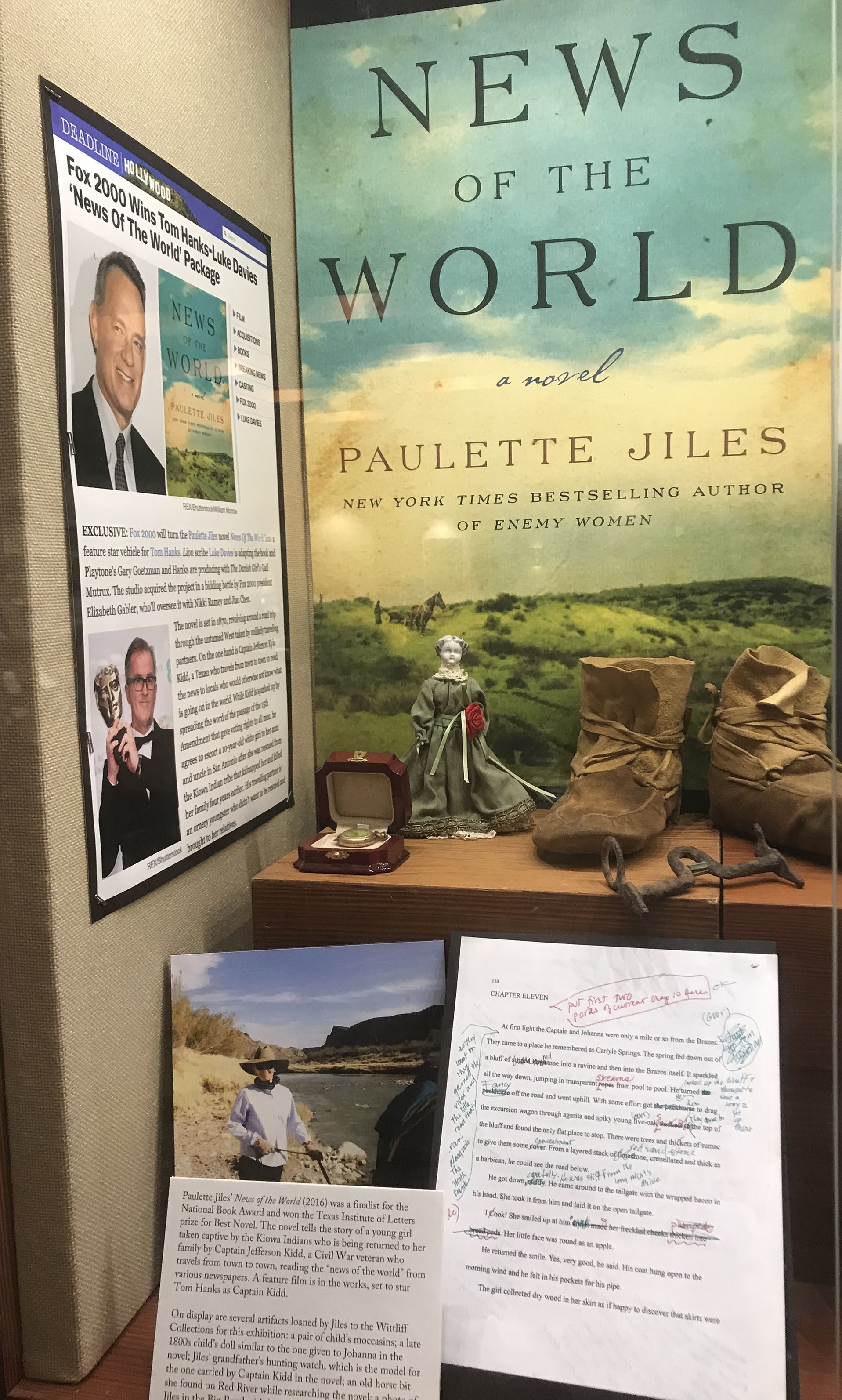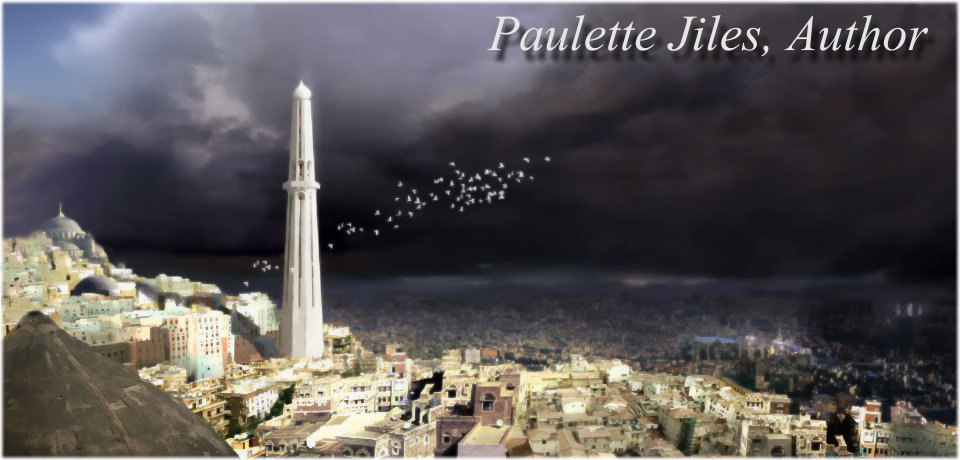

Cowboys would travel for weeks at a time on trails with these wild cattle, thus creating the iconic vision of the Texan cowboy fiercely independent and rugged that has become a lasting symbol of the state. Wild longhorn cattle could be sold in the northern United States for up to six times what they went for in the South, so ranchers caught them and organized drives to get them up there, sometimes all the way up to Canada. Texas had always been cattle country, but after the Civil War, the economic importance of livestock grew. In fact, agriculture dominated the state economy, and much of it centered on ranching. Cotton was the most common crop grown for profit, and corn was the most common food crop.

It was the era of cotton, cattle and railroads, and it was a time of economic growth.

Much of the state's land was untamed and rugged, but in this time between the end of the Reconstruction and the beginning of the Progressive Era, Texas changed and grew, as did much of the western frontier and the New South. Paulette Jiles' News of the World takes place in late 19th century Texas. This article relates to News of the World


 0 kommentar(er)
0 kommentar(er)
